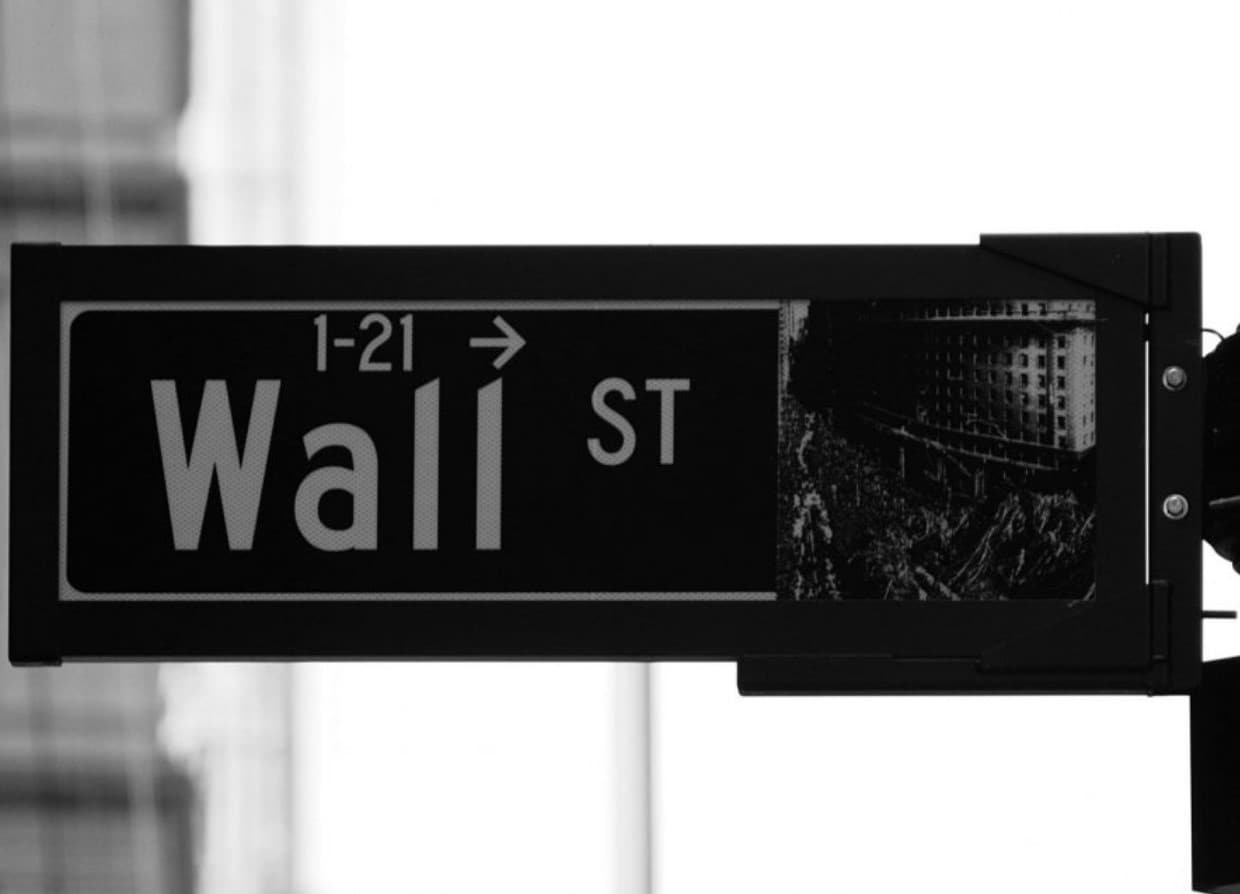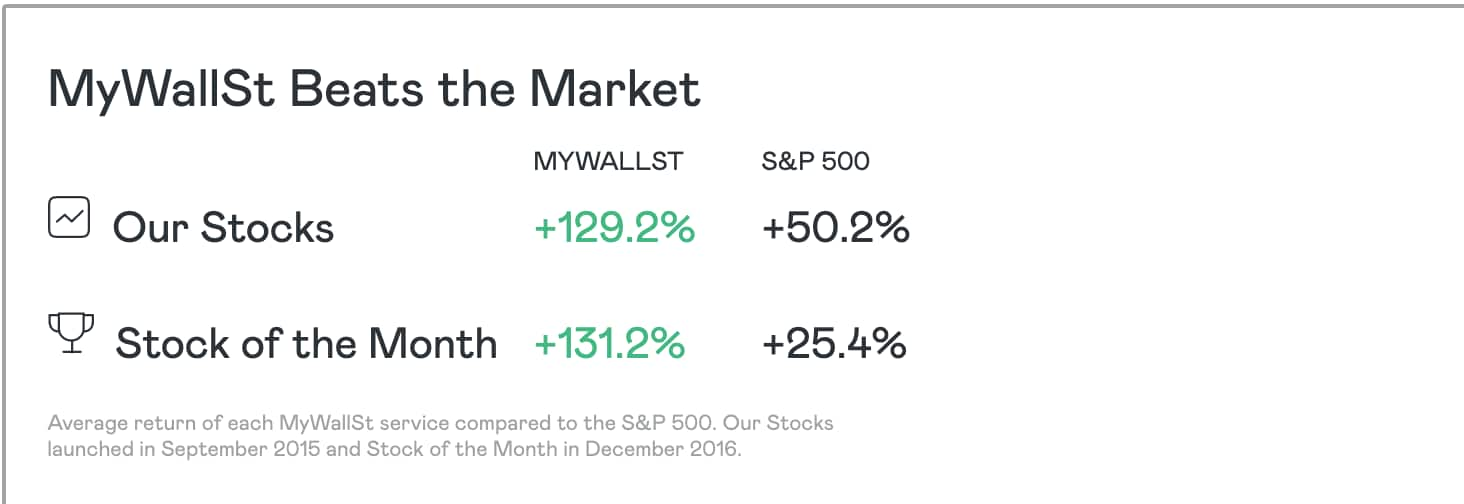The likes of DraftKings and Virgin Galactic have gone public through this route, bypassing the standard initial public offerings (IPOs).
This article was originally published on MyWallSt — Investing Is for Everyone. We Show You How to Succeed.
What exactly is a SPAC?
A SPAC is a company that has been created with zero commercial operations in mind. Its aim is to raise capital through an IPO that can then be used to acquire a company that already exists in what is called a reverse-merger.
SPACs are often called a “blank-check company” and this method of going public has been around for a number of decades. However, it is only recently that they are being frequently used. So far in 2020, over 50 SPACs in the U.S. have been created and raised over $22 billion.
Usually, upon the formation of a SPAC, the founders will have one or more companies that they are planning to target. However, during the process of raising capital, these targets will not be disclosed. This means that the investors in the IPO do not know what company their money might be going towards. Institutional investors and underwriters are the main targets for raising capital before the public can trade the SPAC shares.
The capital raised during a SPAC IPO will be secured in a trust account and this money can only be used to conduct an acquisition or to give these funds back to the investors if the founders liquidate the SPAC. There is usually a defined period (often two years) for a SPAC to complete an acquisition or else be liquidated. If there is interest earned on the money, this can be used as working capital.
Why use a SPAC?
There are a number of advantages related to the use of SPACs. As the raised funds are kept in escrow, this means that there is not much downside risk for investors. They will get their funds returned if the SPAC is liquidated, provided they are not used within the defined time period.
Investors also have a say in what acquisition target is being pursued. They can opt-out of an opportunity and get a refund of their funds or they can vote in favor of a target acquisition. This is opposed to traditional venture capital where you normally have no say in how your funds are used.
A reverse merger is often quicker and cheaper than traditional IPOs, being very transparent as they are a completely new entity. There is also no timing risk or “IPO window” that has to be met. Many IPOs can make or break depending on what time window they launch in.
Recent SPAC examples
Daily fantasy sports and betting company DraftKings went public through a reverse merger in April. This deal saw the Diamond Eagle Acquisition Corporation SPAC merging with DraftKings in a deal worth $3.3 billion. Diamond Eagle provided about $700 million worth of funding to the company.
Virgin Galactic completed its reverse merger in October 2019 with the Social Capital Hedosophia SPAC. The space flight company received about $460 million worth of primary funds through a secondary offering in August 2020 after initially getting about $800 million in funds from the reverse merger.
MyWallSt makes it easy for you to pick winning stocks. Start your free trial with us today— it's the best investment you'll ever make.
Continue reading for FREE
- Includes free newsletter updates, unsubscribe anytime. Privacy policy



